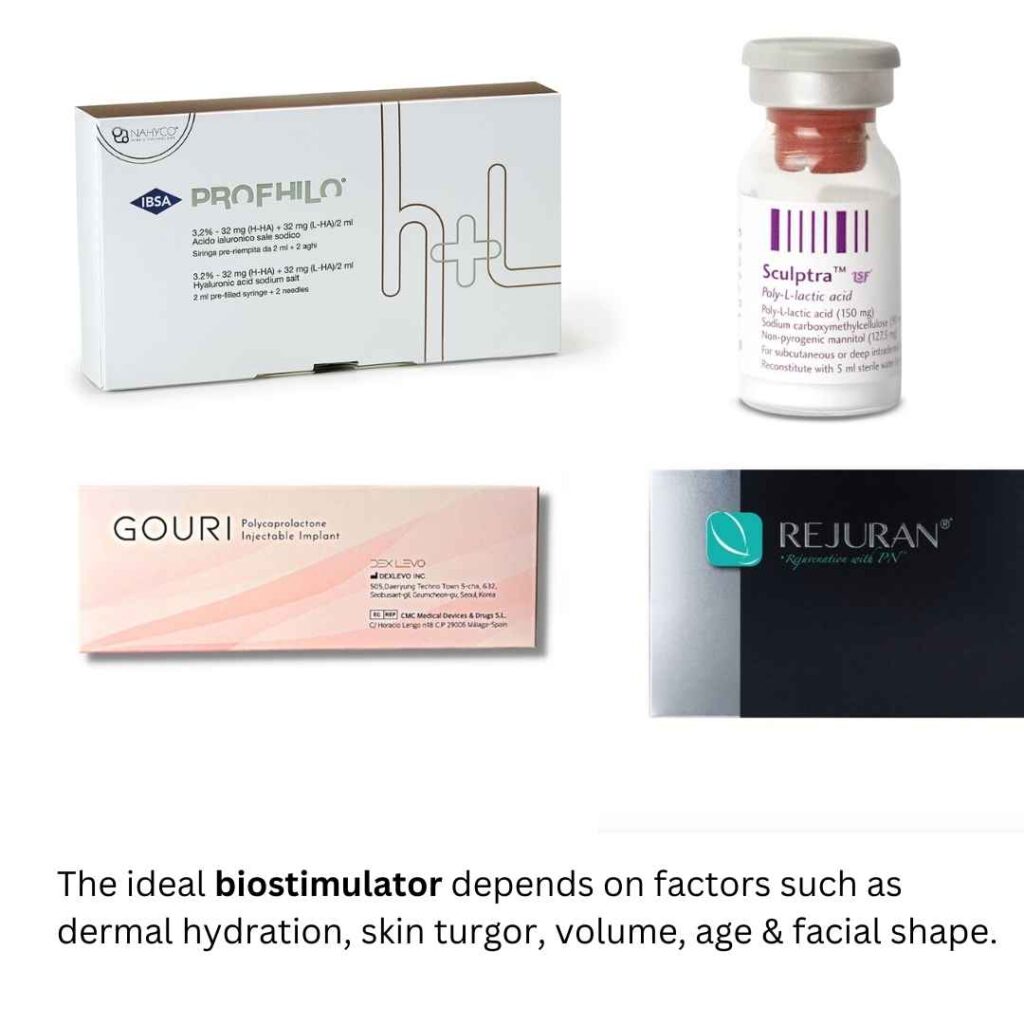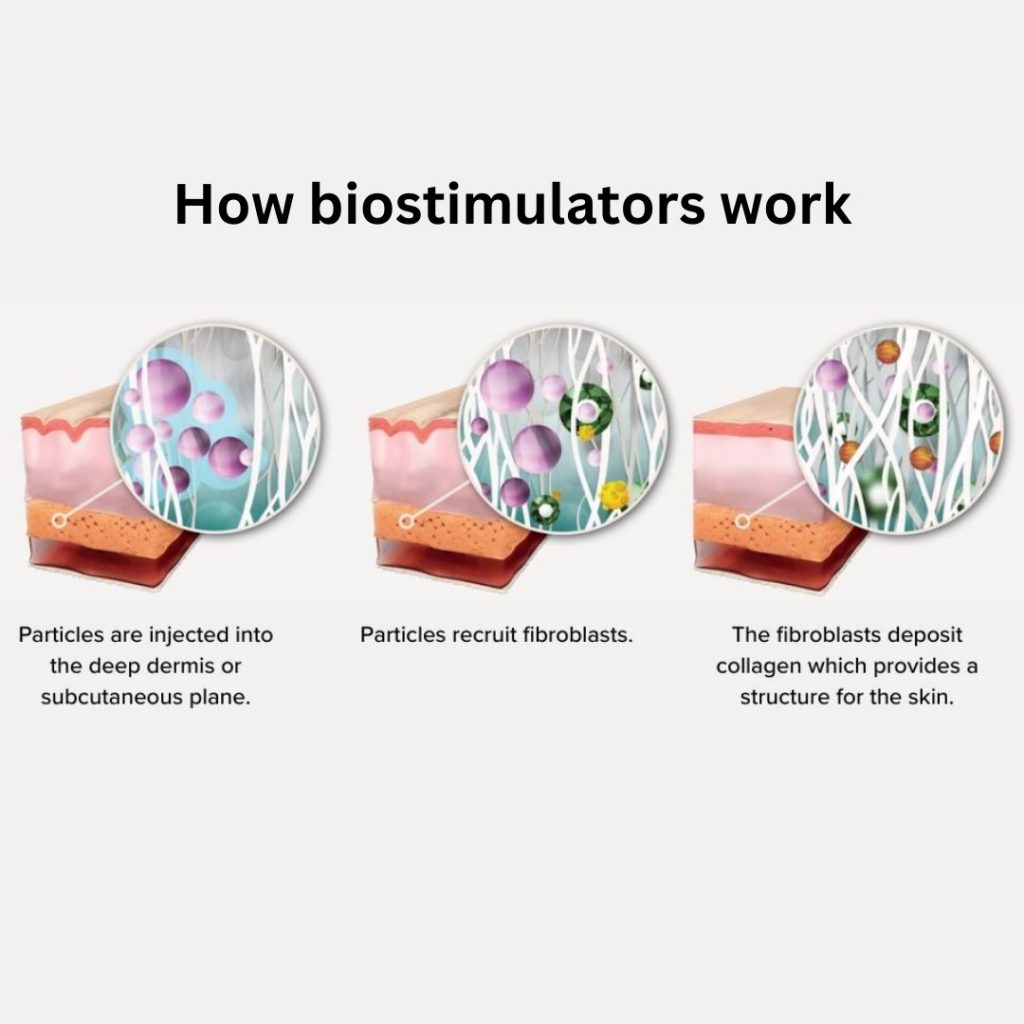Hydroxypinacolone Retinoate HPR Granactive Retinoid
| Best used: PM | Caution: Sensitive Skin, Rosacea | Best for: Anti-aging, acne |
| Comments: Early development. Retinoid effects without side effects | Mode of action: Retinoid like effects | Science Score: ****
|
What is the science behind hydroxypinacolone retinoate?
HPR or hydroxypinacolone retinoate is an ester of retinoic acid (tretinoin; medically prescribed retinoid). There is a suggestion that HPR is as powerful as prescribed retinoids, without the unwanted side effects such as flaking, skin irritation & redness. In some countries, HPR is regulated like a prescription retinoid.
Retinoids bind to RAR & RXR receptors, in turn leading to the biological actions that include increasing cell turnover & proliferation, collagen synthesis, pigmentation & oil reduction, reduction of inflammation, & up regulation of blood vessel synthesis. This accounts for the anti-acne & anti-aging benefits of vitamin A.
The closer a molecule is to retinoic acid, the more powerful the effects. Unlike retinol, retinyl & aldehydes, HPR does not require enzymatic conversion to exert retinoid-like effects, hence all the fuss.
Is HPR better than retinol?
To date (as of 2021), there are limited papers on HPR vs retinol vs vehicle. Most papers* suggest that HPR is better than retinol, with clinical outcomes comparable to prescription retinoids like tretinoin with less side effects such as skin irritation & redness.
*Papers-research undertaken by L’Oreal. Papers that show efficacy in acne use a formulation of HPR in combination with retinol. The latest research has demonstrated a good clearance with antibacterials coupled with HPR, retinol & salicylic acid 0.5%.
What is Granactive Retinoid?
Granactive is the trade (fancy) name for HPR. This catchy name consists of 90% solvent with only 10% active ingredient. Hence if labelled as 1% Granactive, the actual concentration of hydroxypinacolone retinoate or HPR is 0.1%
What are the other alternatives?
Other options include retinol, retinyl palmitate, retinaldehyde & prescription retinoids. The most efficacious form is retinoic acid, however side effects are universally seen with prescription creams. The next most powerful topical which only requires one step conversion is retinaldehyde, followed by retinol and retinyl derivatives.
The decision to incorporate which retinoids into your skincare regimen is largely based on two factors- your end goals & importantly your skin’s irritant threshold.

View our Treatment Gallery
What is the highest over the counter retinol you can get?
Commercially available strengths range from 0.5 to 4%. Apart from strengths, formulation plays an important role. In the context of Granactive formulations, they typically range from 0.5 to 10%. Remember only 10% of Granactive is the active HPR.
What combinations of HPR are the most effective?
The leading studies combine stabilized forms of HPR & retinol, hence it is very hard to interpret what are the real outcomes. New combinations of HPR + retinol combined with peptides & BHA show promising efficacy in the management of acne.
Acne a complex interplay of genetics & extrinsic factors, can’t control much non-pharmacologically bar diet & lifestyle
.
🍧Diet: I am quite surprised by how much of an impact diet makes, but unlike a weight loss diet, an anti acne diet is hard to follow, it means a total elimination of flares such as dairy, sugar, hormonal fed produce & refined foods. With caloric restriction, you can have cheat days, or make it up by burning more calories, you can’t do that with an acne free diet. Kudos for the motivated, it’s such a discipline 👊🏻
.
😎Davin Lim
Dermatologist
Brisbane🇦🇺
.
#dermatology #skincare # #drdavinlim #davinlim #brisbanedermatologist #acne #acnediet #acetips #acnecure #acneremedy #naturalacneremedy #pimples #acnefree #acneskincaretips
Not a complete list, but my most ‘prescribed’ in the context of cosmetics/aesthetic dermatology
.
🔬A dermatologist ‘A’ list to #getshitdone goes something like: Corticosteroids, emollients,( petrolatum, glycerin), tacrolimus, 5 fluorouracil, #retinoids, terbinafine, crude coal tar, LPC /liquor picis carbonis, metronidazole, ivermectin, salicylic, lactic acids and more. You won’t find fluffy niacinamide, caffeine or botanical extracts in our daily prescribing habits. Ginseng, herbs & niacinamide ain’t going to fix your acne or skin inflammation
.
👉Commercial skin care: caters for the joy of self-care, it’s fun. Nothing wrong with aloe vera, tea tree oil & plant extracts- just as long as you don’t get allergic contact dermatitis from it
.
👍🏻Exceptions: Yes, I do prescribe fluffy stuff such as licorice root extracts, arbutin, bearberry extracts, citric acid, retinol & hydroxypinacolone retinoate, but that is mainly during the ‘cycling off phase’ for more potent topical applications. Fluff is still useful in some situations, even if it has a placebo effect💯
.
😎Davin Lim
Dermatologist
Brisbane🇦🇺
.
#drdavinlim #davinlim #dermatologist #brisbanedermatology #hyaluronicacid #skincare
#bestskincare #skincaretips #skincarescience #skincareingredients #retinol #vitaminc #niacinamide
.
Disclaimer: My work is entirely procedural (I cut, lase, do deep peels, & inject), for skincare advice please consult your dermatologist or skincare expert
Retinoids are one of the most widely prescribed drugs for treating skin conditions. Uses include acne & anti aging all the way to genetic disorders of cell turnover
.
🔬Skin science: Retinoids exert their power through interactions with retinoid receptors known as RAR or retinoic acid receptors. In the skin, gamma is the most prevalent, hence why I have changed my prescription habits & favor a fourth generation retinoid called trifarotene (gamma specific retinoid)
.
👍🏻Tips: start with an OTC formulation. Retinol 0.5-1% is a good starting point. From there understand your skin’s threshold & know how to modulate & optimise topicals 💯
.
📖My practice: I prescribe topical retinoids to a small minority of patients (in the context of anti-aging), usually post laser or deep chemical peels. Your dermatologist may have a different algorithm. Prescription retinoids are tricker to use cf OTC, but with a sensible approach, most people will work it out. More on how to use in next week's post
.
😎Davin Lim
Dermatologist
Brisbane🇦🇺
#retinoids #retinol #skinscience #skincarecommunity #retinoicacid #skincaretips #drdavinlim #dermatologistbrisbane
The majority of acne cases do not require intervention by a dermatologist. This algorithm will guide you as to what OTC topicals are best for your type of acne. You can find products @theformulated
.
.
👊The algorithm: is based on probability not possibility. It is not a substitute for real time consultation & physical examination. Branching history algorithms can provide more time for dermatologists to concentrate on appropriate treatments. Go to STORIES, swipe up to start💯
.
🙏🏼Give me feedback as I need to iron out the bugs
.
🎬Action: For non-pharma acne management see my team @cliniccutis, alternatively
my colleagues can review your acne & provide effective solutions
.
😎Dr Davin Lim
Dermatologist
Brisbane🇦🇺
@cliniccutis
.
#acne #zits #pimples #acnediet #acnetips #acnefree #dermatologist #drdavinlim #davinlim #acnetreatment #acnecommunity #acneawareness #acnetreatments #acnecure #freethepimple #acnescars #acnemanagement #acnesolutions
.
Disclaimer: I do not see cases of acne, my work is procedural not medical
How do I incorporate HPR - hydroxypinacolone retinoate in my skin care routine?
A sensible skin care routine that involves HPR goes something like this;
AM: Gentle wash or BHA,SPF, Make up, with the option of antioxidants (Ferulic acid, Ascorbic acid, Vitamin E/Tocopherol).
PM: Cleanser, HPR, Option to layer niacinamide & other active based upon your skin’s irritant threshold.
How to power up your skin care with biostimulants?
Biostimulants are injectables that are over 10,000 times more powerful than skin care, even prescription 4th generation retinoids.
These group of molecules are injected into the deeper layers of skin. They stimulate cells called fibroblasts to produce collagen.


Davin’s Viewpoint on HPR hydroxypinacolone retinoate
Granactive retinol results are promising however some of the studies do not make any sense. One study that shows clinical effects at Day 14. We know that for collagen synthesis, it does take 6-10 weeks for efficacy- and that is with retinoic acid (a prescription retinoid). IMO, give this a miss as there are better ingredients out there. If you are after a sensible skin care routine that includes retinoids, try this-
AM: Antioxidants such as vitamin C, E, ferulic acid, followed by SPF 50+
PM: Retinol of your choice, pulsed with tretinoin once to twice a week. AHA serum once every 10 -14 days for exfoliation. Save your money for biostimulatory injectables. They simply work.
For skin care consultations in Brisbane, book with my nurses at Cutis Dermatology. Skin care consults in Sydney, book an appointment with Louise at Dr Van Park’s clinic in the Eastern Suburbs.

